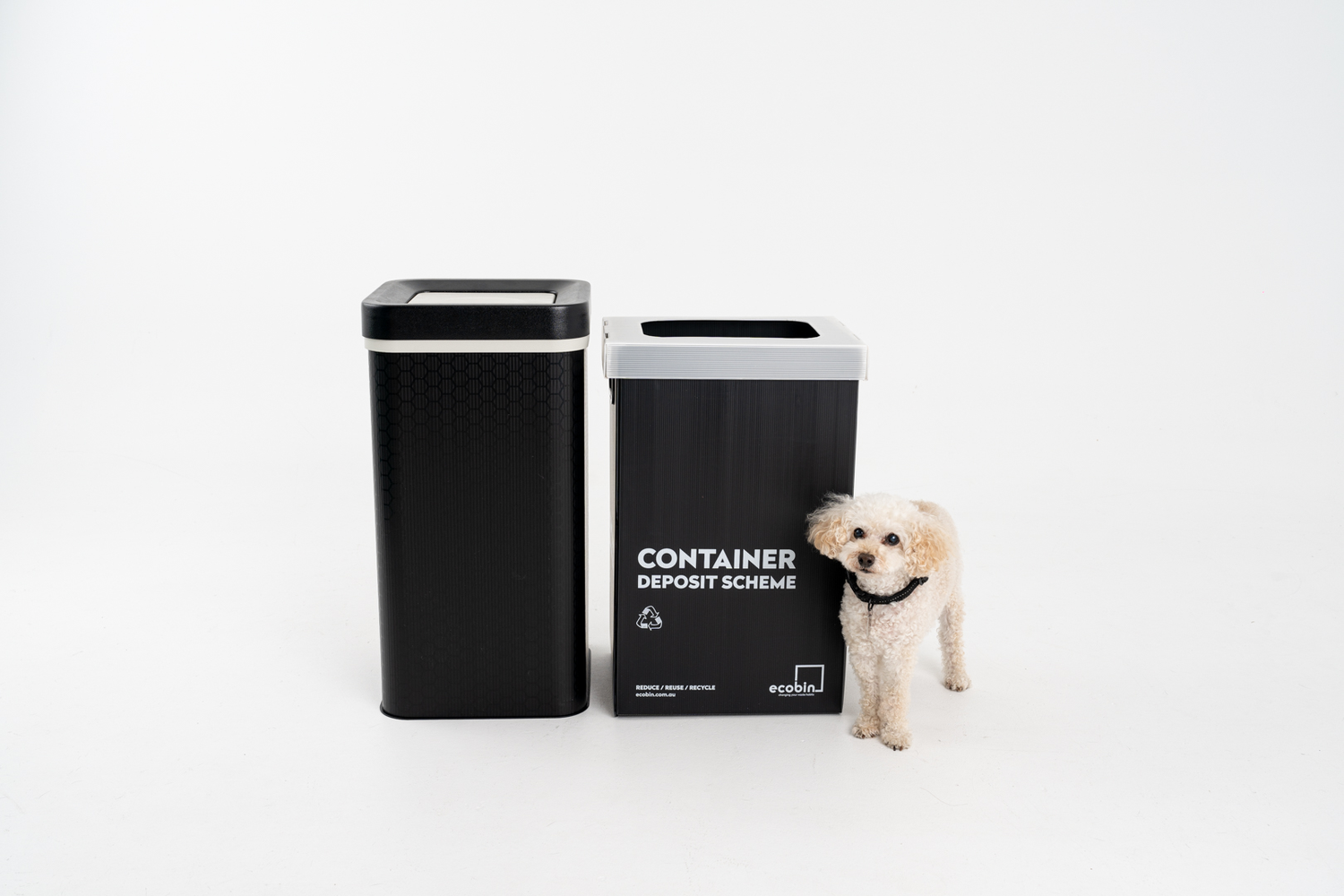
What is the most difficult material to recycle?
That’s correct … it’s PLASTIC!! The biggest problem in recycling plastics is that they aren’t biodegradable, which means it can’t be broken down by natural organisms and acts as a source of air and water pollution.
Biodegradable waste can easily be decomposed or dissolved by natural agents. Plastic can remain on earth for thousands of years without any degradation. This is the reason why soft drink bottles and straws or any other kind of plastics you might throw away will typically end up in our oceans by way of landfills. This means hundreds, possibly thousands of years to degrade.
Recycling though! That’s an option, right? Briefly, yes. But the problem with recycling plastics is that they have to be manually sorted which is a very laborious and energy-intensive process. The reason for this sorting is because of the mix polymers that are found in a different range of plastics, some of which cannot be recycled and are still often dumped. Also, after a single cycle of recycling such plastics, it can become down-cycled and its quality gets decreased. The fact is that plastic recycling rates are far below the other recycling rates.
To give these plastics a long-lasting effect, improved quality plastics are being put to use. This made them more temperature resistant and more durable. The plastic industry has improved in recent years. There are seven groups of plastic polymers with different plastic identification code given by ASTM (American Society for Testing & Materials), these are used worldwide for recycling. These codes are called RICs and abbreviated as Resin Identification Codes. You can find these codes from #1 to #7 in most of the packaging or plastic materials. These different types of plastics will be recycled by different municipalities. Plastics in these higher numbers like #7, #6 and #5 are known as rigid plastics, which means they are more difficult to recycle. Here are their technical names:
#1 - PET (Polyethylene Terephthalate)
#2 - HDPE (High-Density Polyethylene)
#3 – PVC (Polyvinyl Chloride)
#4 – LDPE (Low-Density Polyethylene)
#5 – PP (Polypropylene)
#6 – PS (Polystyrene)
#7 – Other (BPA, Polycarbonate and LEXAN)
Apart from recycling or reusing plastic, there are other ways to dispose of plastic as well. One way is to incinerated or burn it. Albeit this produces useful energy, but at the same time it releases toxic fumes like hydrochloric acid. This can cause severe respiratory distress and can be very problematic. Also, the burning of polymers produces carbon dioxide, the greenhouse gas which is the main reason of global warming in this era.
The other way is to use bioplastics. What do you think bioplastics are? A bioplastic is a biodegradable plastic and is compostable. It can be broken down by the result of bacterial action when it is disposed of. They are plant-derived materials and come from renewable raw materials like starch maize cellulose and polylactic acids. While bioplastic is compostable, it requires high-intensity high heat commercial composting for that to happen quickly.
Overall, plastic disposal has a number of issues with regards to landfills, recycling and incineration. However, bioplastics are slightly better but not the best due to the issues of land usage for growing them and how it is composted.
The best alternative is to reduce your usage and disposal of plastics. There are many alternatives available to replace all the plastic that is used. Let’s try to go plastic-free!
